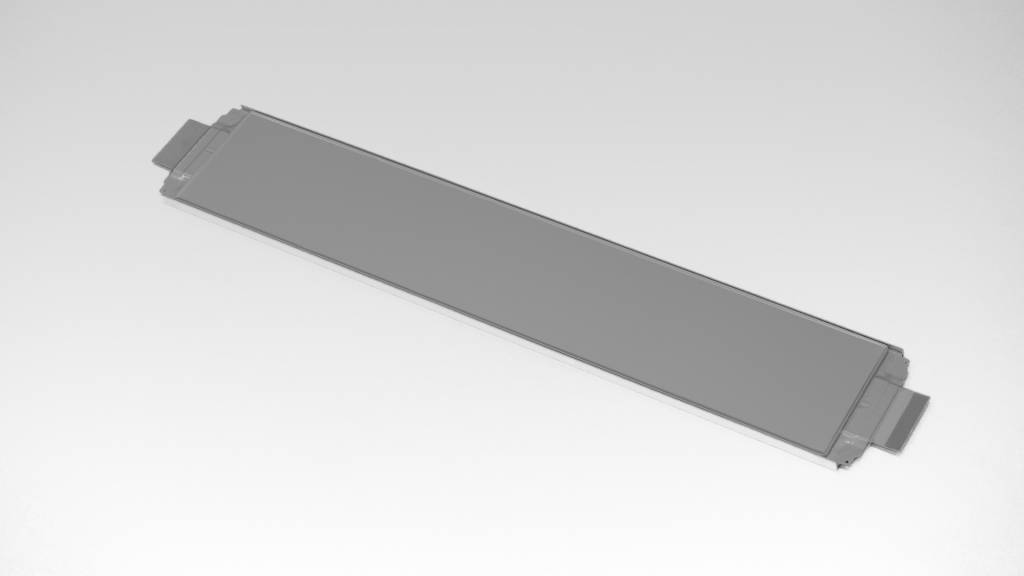Honda on Thursday unveiled what it calls a demonstration production line for solid-state batteries, with aims to commercialize the technology later this decade.
Located in Sakura City, in Japan’s Tochigi Prefecture, the 295,000-square-foot facility is intended to establish the process for eventual mass production, as well as determine costs and some final cell specifications, Honda said.
Construction was completed this past spring, and all necessary equipment has now been installed, according to the automaker. Honda plans to start making cells in January 2025. That’s almost a year later than the spring 2024 target date Honda executives mentioned when first publicly discussing the demonstration plant in 2022.
Honda solid-state battery production demonstration plant in Sakura City, Japan
Honda said the production process it plans to use is based on that of liquid-electrolyte lithium-ion cells, albeit with a roll-pressing step designed to increase the density of solid electrolyte layers that’s unique to solid-state cells. This also increases the degree of interfacial contact between by the electrolyte and electrodes, according to Honda.
The automaker also claims to have consolidated or accelerated several other parts of the production process, including bonding the positive and negative electrodes, and hopes to cut other associated costs, including by lowering energy consumption.

Honda solid-state battery prototype
Honda aims to start mass production of solid-state batteries in the second half of the 2020s, for use “not only in automobiles, but motorcycles and aircraft.” With this wider array of applications, Honda hopes to achieve reasonable economies of scale to make solid-state batteries financially viable.
Honda has been discussing solid-state batteries since at least 2021, at the time also saying that they would arrive later in the decade. Honda CEO Toshihiro Mibe told Green Car Reports earlier this year that solid-state batteries may enable a small affordable EV by 2030 thanks to lower battery costs and higher potential range than current cell chemistries.
Read the full article here




